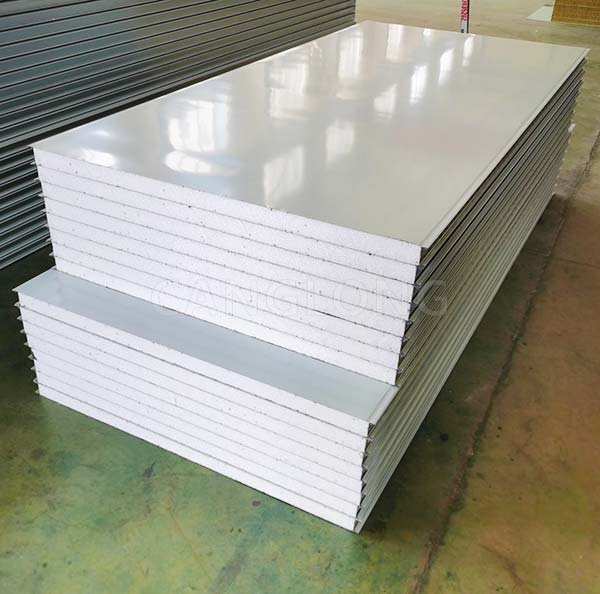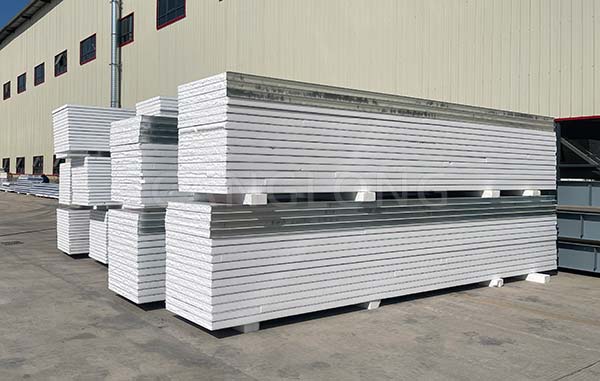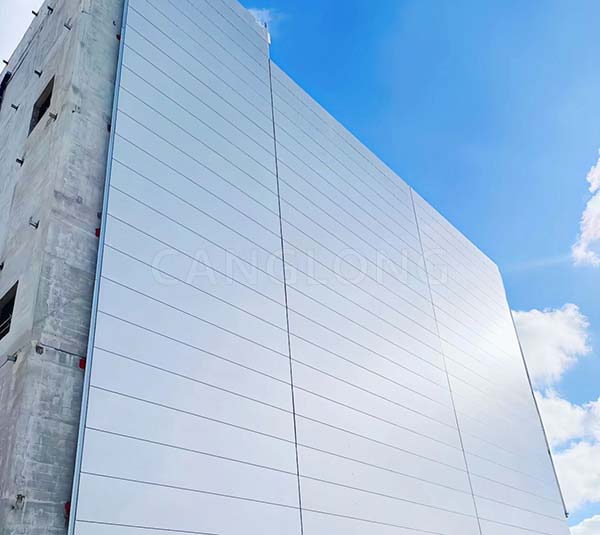Advantages of foam sandwich panels in building insulation
In modern buildings, the selection of insulation materials is crucial to the energy efficiency, comfort and environmental impact of buildings. As a new type of building material, foam sandwich panels are gradually favored by the construction industry due to their superior thermal insulation performance, lightweight structure and economy. This article will analyze in detail the advantages of foam sandwich panel in building insulation and explore their application prospects and potential value.

1. Basic structure of foam sandwich panels
Foam sandwich panels are usually composed of two layers of external materials (such as steel plates, aluminum plates or other panels) and a foam core in the middle. The core material is usually polystyrene (EPS), polyurethane (PU) or polyvinyl chloride (PVC), etc. This structure makes the foam sandwich panels excellent in firmness and thermal insulation performance.
2. Superior thermal insulation performance
The core material of the foam sandwich panel has extremely low thermal conductivity, which means that it can effectively prevent the conduction of heat. In winter, the foam sandwich panel can keep the room warm and reduce heating energy consumption; in summer, the foam sandwich panel can effectively isolate external heat and keep the room cool. This excellent thermal insulation performance enables the building to maintain an ideal indoor temperature in different seasons, thereby improving the comfort of the living and working environment.
3. Lightweight and high strength
The lightweight characteristics of the foam sandwich panel give it a significant advantage in construction. Compared with traditional masonry structures, the weight of the foam sandwich panel is greatly reduced, which reduces the burden on infrastructure and reduces construction costs. Despite its light weight, the strength of the foam sandwich panel cannot be underestimated. It can withstand a certain amount of external pressure and meet the structural requirements of the building.
4. Energy saving and environmental protection
As the world’s attention to sustainable buildings increases, the energy-saving characteristics of the foam sandwich panels have become a highlight. Buildings using foam sandwich panels can significantly reduce energy consumption, reduce carbon emissions, and are environmentally friendly. In addition, the materials of many foam sandwich panels are recyclable, which conforms to the principles of green building and promotes the sustainable development of the construction industry.

5. Convenience of construction
The installation process of foam sandwich panel is relatively simple, and dry construction is usually adopted. This means that the construction time is short, reducing construction interference and material waste on the construction site. In addition, the modular design of foam sandwich panels makes their application in construction more flexible, and they can be adjusted and combined according to different design requirements.
6. Excellent fire resistance
Although the core material of foam sandwich panel is foam, many modern foam sandwich panel products have been specially treated and have good fire resistance. In building design, fire prevention is an important factor that cannot be ignored. Choosing high-quality foam sandwich panels can effectively reduce the risk of fire and improve the safety of buildings.
7. Acoustic performance
In addition to excellent thermal insulation performance, foam sandwich panels also have good acoustic performance. Its structure can effectively isolate external noise, making the interior of the building quieter, and is suitable for office buildings, schools, hospitals and other places that require a quiet environment.
8. Economy
Although the initial investment of foam sandwich panel may be slightly higher than some traditional materials, its long-term energy-saving effect and reduced maintenance costs make its economic benefits significant. Buildings using foam sandwich panels can save a lot of energy costs during their life cycle and improve overall economy.
9. Wide range of applications
Foam sandwich panels have a wide range of applications. In addition to residential buildings, they are also widely used in industrial plants, shopping malls, cold storage, building exterior walls, roofs and temporary buildings. This versatility makes foam sandwich panel an indispensable part of the construction industry.

In summary, foam sandwich panel show many advantages in building insulation, including excellent insulation performance, light weight and high strength, energy saving and environmental protection, construction convenience, excellent fire and acoustic performance and a wide range of applications. With the continuous improvement of energy-saving and environmental protection requirements in the construction industry, the market prospects of foam sandwich panels will be broader. Choosing foam sandwich panel as insulation materials will not only help improve the energy efficiency and comfort of buildings, but also contribute to sustainable development. Therefore, foam sandwich panels deserve to be more widely used and promoted in future building design and construction.
